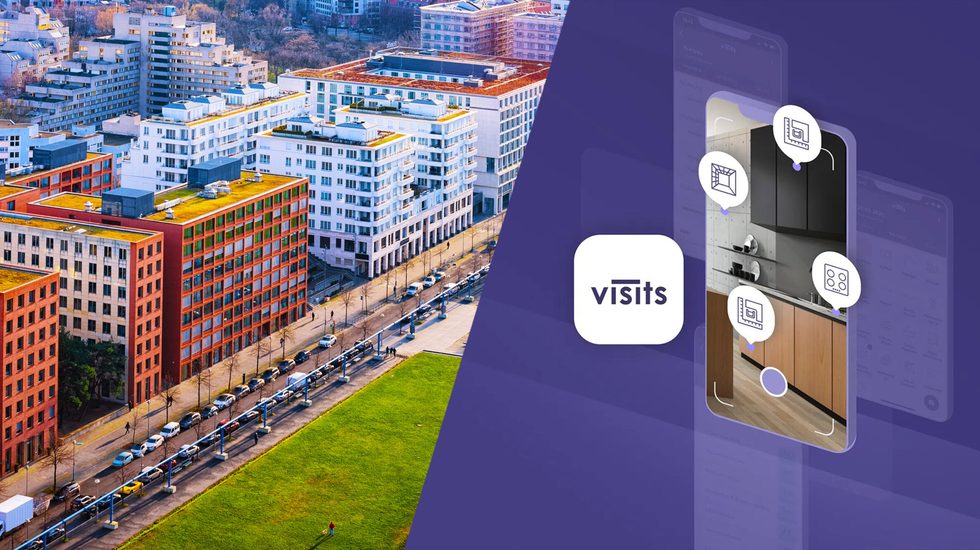Automatic image recognition in Wüest Visits
22. September 2022

Audio: Listen to the article
This is an experimental feature with a digital voice. Some words or names may be mispronounced.
Wüest Visits is a web-based application developed by our holding company Wüest Partner in cooperation with QualiCasa, which is driving digitalization in the Real estate market. It allows the most important characteristics of properties, such as condition, standard and materials, to be systematically recorded and evaluated during property inspections.
Datahouse has now created a new, deep-learning-based feature of the app, which automatically recognizes the content in images of properties and thus simplifies the viewing process.
Automatic image recognition
Kitchen or bathroom? Heating or garage? In Wüest Visits, images taken during property inspections must each be assigned to one of a total of 21 building elements (see screenshot).

This process serves to provide a better overview and more efficient evaluation of information about the property and was previously done manually. In other words, the person who carried out the inspection had to enter which building element it was for each photo.
This process has been automated with the new feature. With a deep-learning-based system, the content of the image is automatically analyzed and the most probable building elements are directly suggested (see “Top selection” in screenshots from Wüest Visits).



Technical background: Deep & Transfer Learning
The new feature is based on “Deep Learning” – a subcategory of machine learning that applies artificial neural networks to process information in images. With “Transfer Learning” – a special application of Deep Learning – existing neural networks can be transferred to other, related problems. This often greatly increases the efficiency in the use of Deep Learning and the quality of predictions in a given image processing problem.
In Wüest Visits, images of real estate were to be automatically classified into one of 21 possible building element categories. We transferred a powerful, existing neural network for this purpose: Google’s “MobileNetV2”, which was pre-trained on the very large “ImageNet” image database. It consists of dozens of layers of artificial neurons and extracts thousands of features from an image. In order to adapt the pre-trained network to our specific case, we added a layer of neurons ourselves, which uses the information from the rest of the network and performs the classification into the 21 categories (so-called “classification layer”). This layer was trained with over 60,000 images from the Wüest Visits database.
The final model recognizes the components reliably: In more than 80 percent of the cases, the true category is found in the proposed top selection of components. The images that are not correctly recognized are often cases that are also difficult for human evaluation or simply contain several components: For example, an exterior view of a house often includes windows, facade, roof, surroundings, and parking spaces – all of which represent separate component categories. For this reason, the system never makes a final decision on allocation, but only suggests categories. The final decision is left to human expertise.
Learn more!
Are you interested in Wüest Visits? Then visit the homepage or contact us directly.
In our online tool „ImmoEye“ you can also try out the isolated image recognition feature: You upload a real estate image and get back its category. Are the assignments for your images correct?